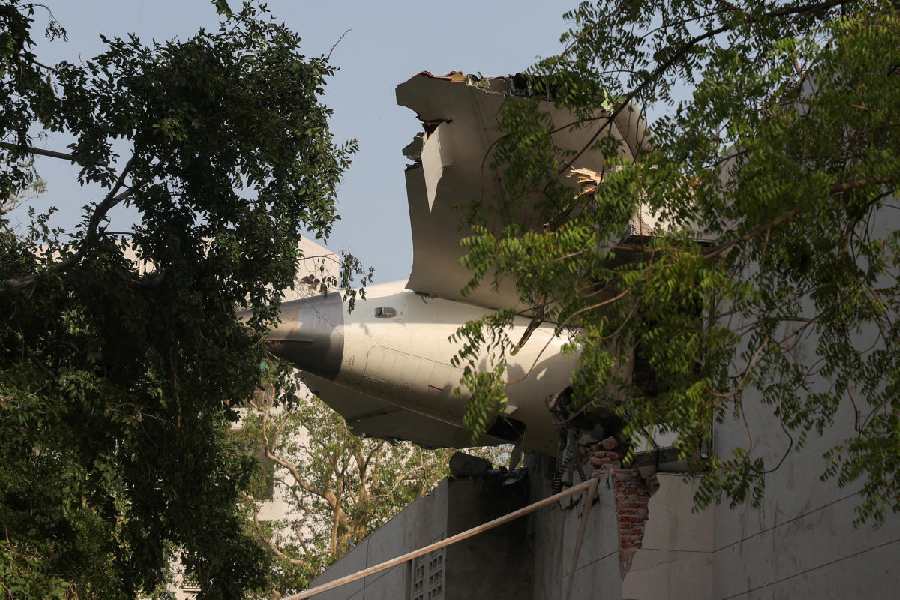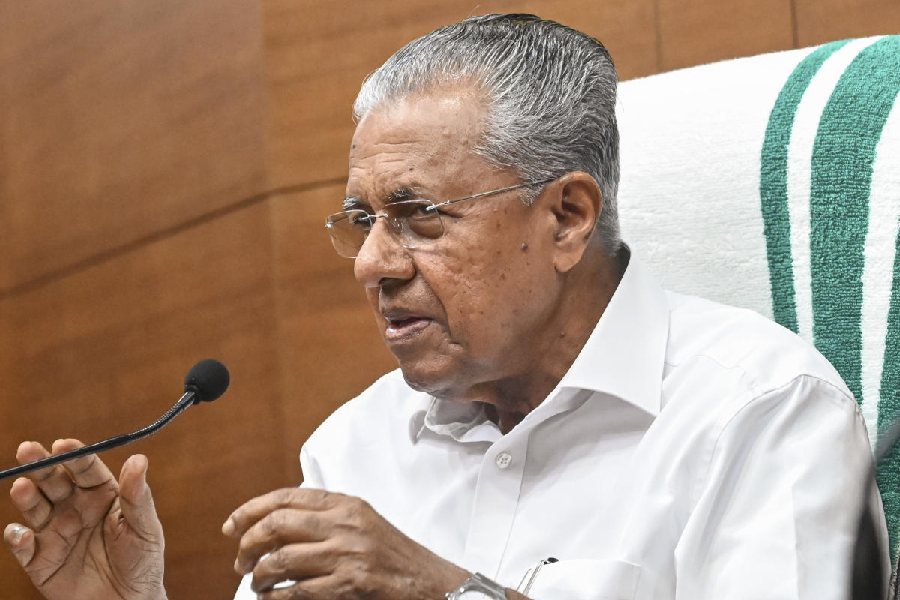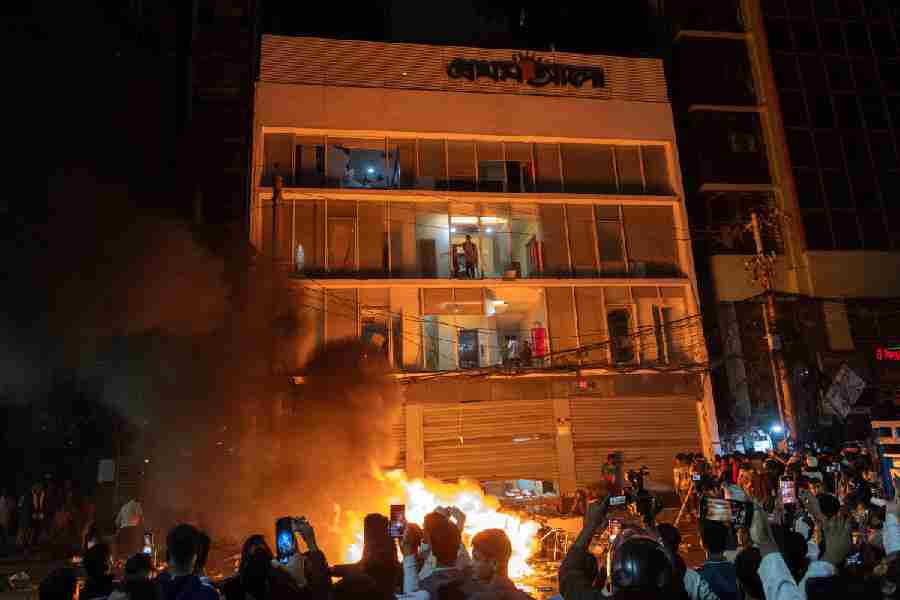The crash of the Air India Boeing 787-8 Dreamliner passenger jet has renewed scrutiny of the company’s safety record.
Video footage of the accident in Ahmedabad shared on social media showed a giant plume of smoke engulfing the crash site. The aircraft entered a slow descent shortly after taking off, with its landing gear yet to be retracted, before it exploded into a huge fireball upon impact. The twin-engine plane had reached an altitude of 625 feet (190.5 metres) at a speed of 174 knots, according to data from aviation tracker Flightradar24.
The aircraft involved in Thursday’s accident carried the VT-ANB registration and was almost 12 years old. The plane was powered by two General Electric Co. GEnx engines.
Boeing 787 Dreamliner planes have experienced operational problems in the past with passengers on board, resulting in injuries. But there has not been a fatality recorded in previous incidents involving the Boeing 787 Dreamliner aircraft, according to the Aviation Safety Network database.
“We are aware of initial reports and are working to gather more information,” Boeing said in a statement on Thursday.
The crash comes while Boeing is still wending through a years-long legal saga over two deadly crashes of its 737 Max plane.
The Lion Air Flight 610 crashed on October 29, 2018, and Ethiopian Airlines Flight 302 crashed on March 10, 2019, killing 346 people.
Early last year, a 737 Max aircraft lost a door panel during flight. There were no fatalities, but the questions swirled.
Boeing reached a deal with the US justice department last month, which would spare the company from taking criminal responsibility for the 2018 and 2019 crashes. Boeing would still have to admit to obstructing federal oversight, pay a fine, contribute to a fund for the families of the victims and invest in safety and quality programmes. The deal, which a judge must still approve, was opposed by many of the families of the crash victims.
The Dreamliner is a wide-body jet that is more fuel efficient than many other aircraft used for long trips, in part because of its lightweight composite construction. First delivered in 2011, the twin-aisle plane has both racked up orders for Boeing and created headaches for the company.
The aircraft was a pioneer in using large amounts of so-called composite materials rather than traditional metal to build the plane, including major sections like the fuselage, as the aircraft’s body is known.
Often made by combining materials like carbon and glass fibres, composites are lighter than metals but, as comparatively newer materials, less is known about how they hold up to the long-term stresses of flight. Those stresses create what engineers call fatigue, which can compromise safety if it causes the material to fail.
For years, the plane maker has dealt with a succession of issues involving the jet, including battery problems that led to the temporary grounding of 787s around the world and quality concerns that caused an extended halt in deliveries.
In April 2024, the US Federal Aviation Administration (FAA) said it was investigating claims made by a Boeing engineer who said that sections of the fuselage of the 787 Dreamliner, the model involved in the crash in Ahmedabad on Thursday, were improperly fastened together and could break apart mid-flight after thousands of trips.
The engineer, Sam Salehpour, who worked on the plane, detailed his allegations in interviews with The New York Times and in documents sent to the FAA.
Salehpour, who had worked at Boeing for more than a decade, said the problems stemmed from changes in how the enormous sections were fitted and fastened together in the assembly line. The plane’s fuselage comes in several pieces, all from different manufacturers, and they are not exactly the same shape where they fit together, he said.
Boeing conceded those manufacturing changes were made, but a spokesman for the company, Paul Lewis, then said there was “no impact on durability or safe longevity of the airframe”. Boeing said at the time it had done extensive testing on the Dreamliner and “determined that this is not an immediate safety offlight issue”.
Boeing has also confronted a slew of problems at its plant in South Carolina where the Dreamliner is built. A prominent Boeing whistle-blower who raised concerns about manufacturing practices at the plant, John Barnett, was found dead in March 2024 with what appeared to be a self-inflicted gunshot wound.
The Ahmedabad crash comes days before the opening of the Paris Air Show, a major aviation expo where Boeing and European rival Airbus will showcase their aircraft and battle for jet orders from airline customers.
But despite its troubles, Boeing seemed to finally be emerging from the deep hole it was in after the pair of crashes of its MAX aircraft. Last month, Boeing announced a pair of major orders in West Asia during a visit to the region by President Donald Trump. Shares of the company were up close to 25 per cent this year beforeThursday’s crash.
In a message to Boeing employees in April this year, Kelly Ortberg, the company’s chief executive, described 2025 as “our turnaround year” as the company released better-than-expected quarterly financial results.
The company’s shares slid as much as 8 per cent in premarket US trading on Thursday following the tragedy.
Written with inputs fromNew York Times News Service and agencies










